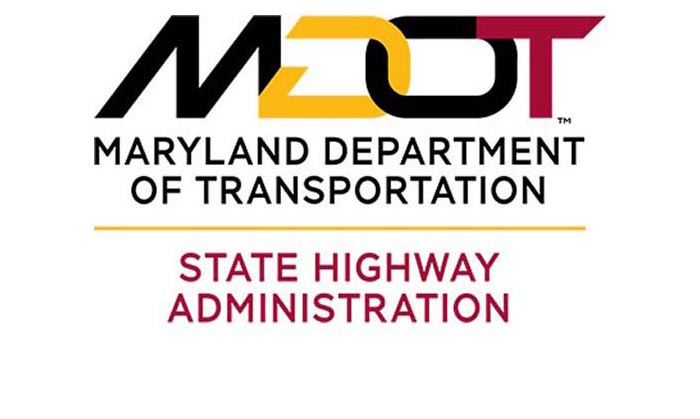
MDOT SHA Logo
SHA Roadsides Go Greener with Mowing Reduction Program that Helps Protect Environment and Saves Green Too
(May 29, 2009) – On the other side of the road, the grass is greener - because it’s longer. In support of the State’s ongoing commitment to environmental stewardship, Maryland State Highway Administration is making Maryland roadsides greener through a mowing reduction program. This initiative restores natural meadows through the reduction of mowing along roadways. By allowing grasses to grow naturally, SHA will also re-establish vegetation, forested areas and enhance the environment while maintaining safety.
By reducing the width of mowed areas adjacent to State roads, SHA estimates a 10 percent reduction in the total number of acres mowed annually – about 8,500 acres total, allowing the State to stay within budget during this time of shrinking funds and increasing expenses. In some areas mowing will be eliminated altogether, other areas will receive only periodic cuts – once in the late spring or early summer and once again in the fall. Reduced mowing will occur along wide medians and right shoulders along a variety of selected interstates and primary routes.
“Maryland’s roadways will be going greener this summer - literally. The ‘cut-back’ in grass cutting provides a green win-win by enhancing the environment and freeing funds that can be invested in other critical safety projects,” said Maryland State Highway Administrator Neil J. Pedersen. “As always, SHA will remain focused on safety and ensure sight distance at shoulders so that signs and other traffic control devices remain visible.”
Safety is the primary consideration in determining when, how, and where to reduce mowing. Motorists are likely to see longer grass in median strips as well as roadway shoulders. Reduced mower usage will immediately produce environmental benefits, including improved air quality with a decrease in carbon-fuel emissions created by gas-powered mowers. Long-term effects include:
Improved water quality - Meadow plants and trees decrease storm water runoff better than mowed turf, allowing for better groundwater recharge and reduced sediment in bodies of water.
Improved air quality – The growth of more trees and plants will result in the further removal of carbon dioxide, which will replenish oxygen and reduce the effects of green-house emissions.
Wildlife Habitats - Meadow plants and trees attract small animals, birds and insects that are an important part of our ecosystem.
More Cost Savings - Meadows and trees are low maintenance and don't require reseeding, fertilizer or pesticides year after year.
If SHA customers have specific questions about maintenance operations in their communities, they should call their closest SHA Maintenance Facility, a complete listing is available at www.marylandroads.com, or citizens may call 1-800-323-6742.
# # #